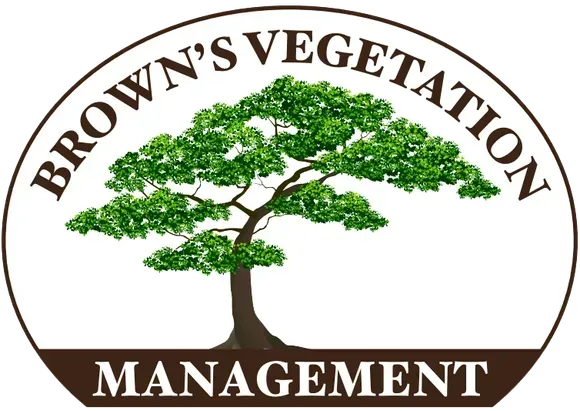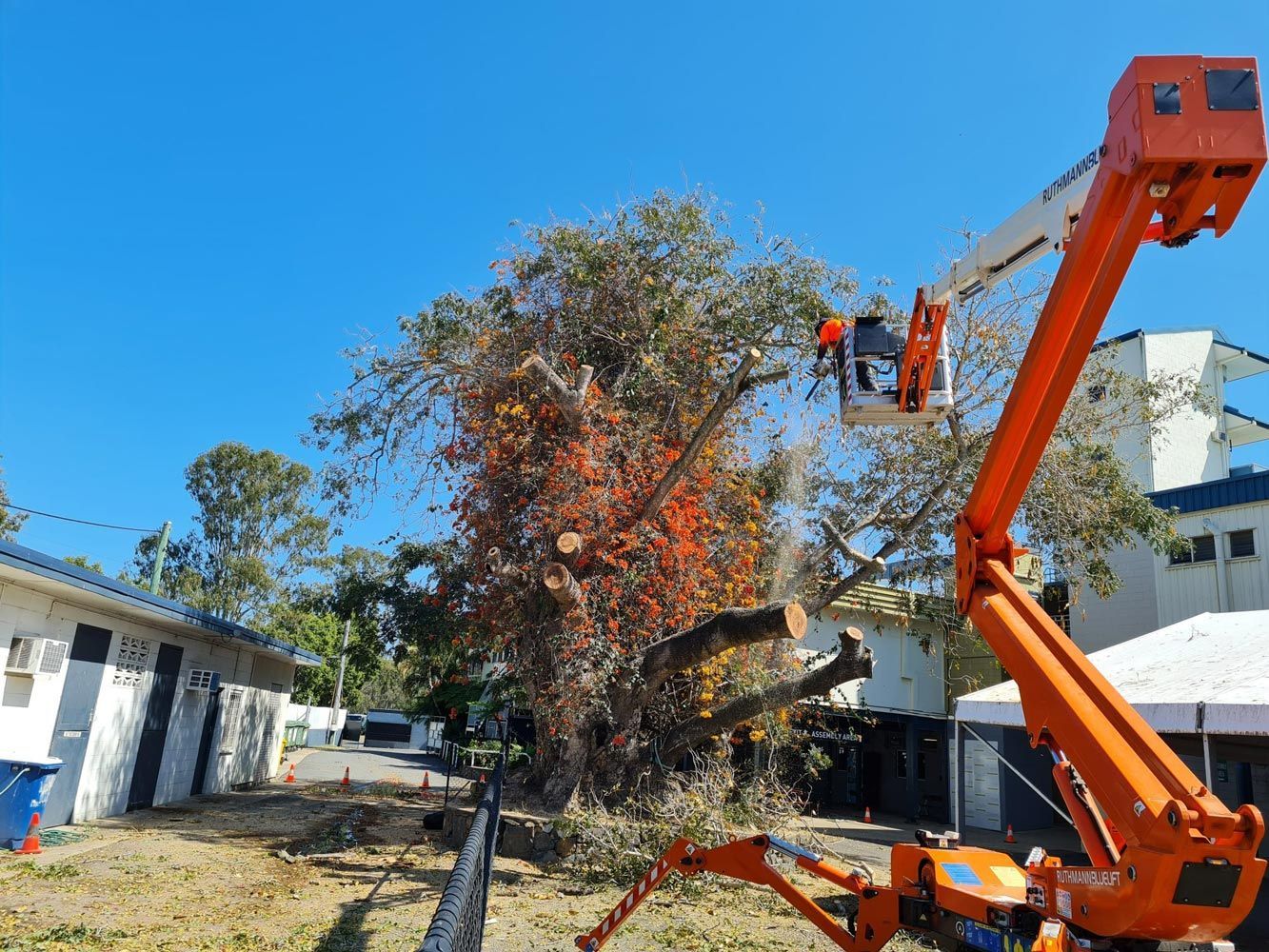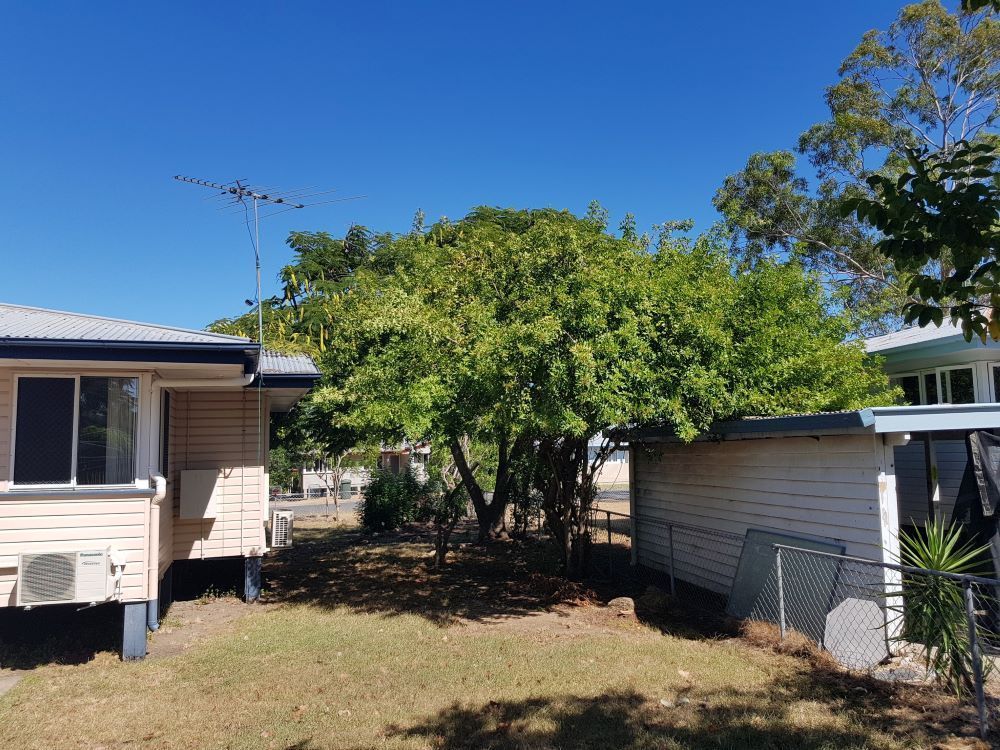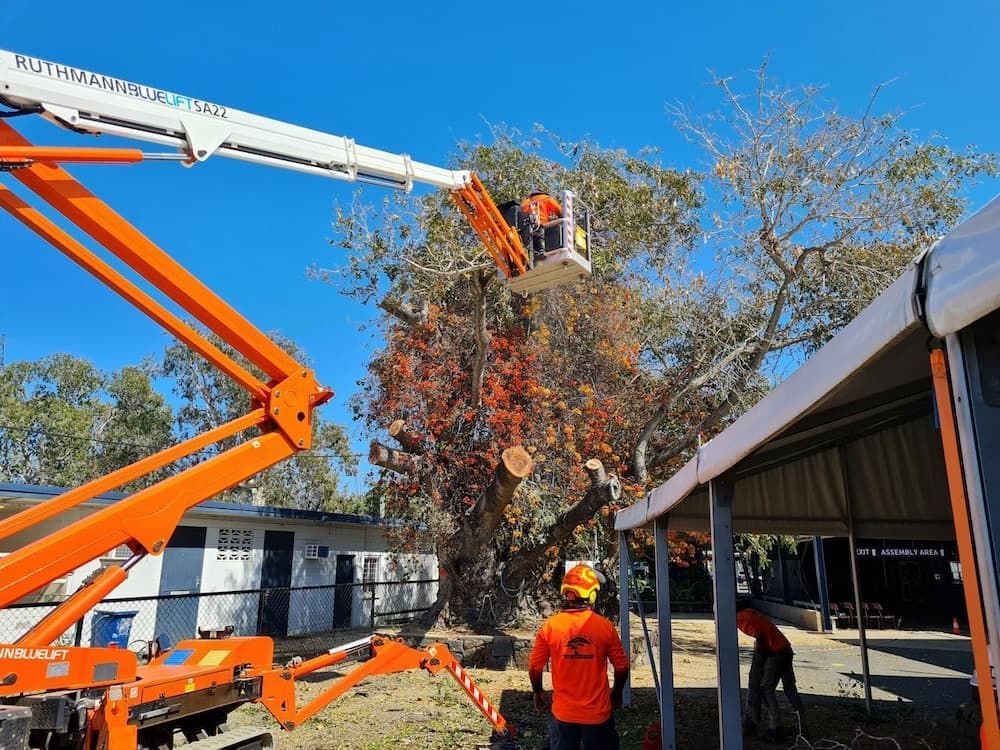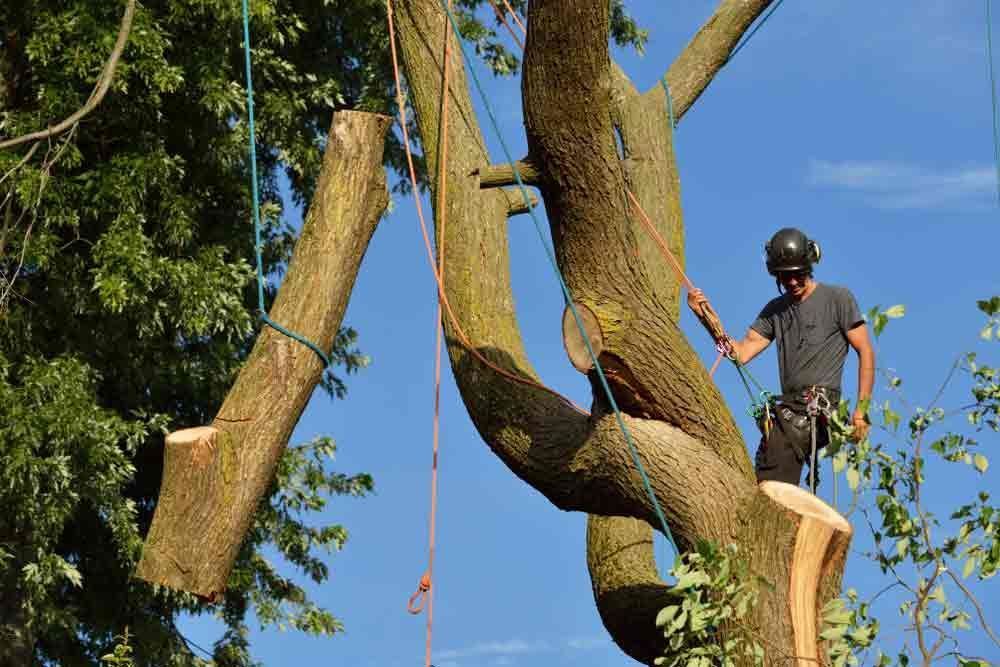5 Signs Of A Dying Tree
Trees, like all living things, go through cycles of growth and decline. But it is important to differentiate between a temporary, seasonal change and a more serious issue. In this blog, we will provide you with insights into five signs of a dying tree. By understanding these signs, you can take appropriate action to preserve the health of your trees and ensure the safety of your surroundings.
1. Leaf Abnormalities
Leaves can serve as indicators of a tree's health. Keep an eye on the following:
- Discolouration: When you notice leaves changing colour drastically or yellowing, it could be a sign of nutrient deficiency or pest infestation.
- Wilting: If leaves are wilting excessively, even after sufficient watering, it might suggest root damage or a severe water-related issue.
- Premature Leaf Drop: Trees tend to shed leaves during specific seasons, but if you observe leaves dropping outside the usual timeframe, it may signify underlying stress.
2. Bark Problems
The bark of a tree can provide valuable clues about its overall health. Check for the following bark abnormalities:
- Cracks and Splits: Deep cracks and splits in the bark can expose the inner layers of the tree, making it vulnerable to diseases and pests.
- Peeling Bark: If the bark is peeling excessively, it might indicate an unhealthy tree struggling to maintain itself.
- Fungal Growth: The presence of mushrooms or fungal growth on the bark may indicate internal decay.
3. Branch Condition
Inspecting the branches of a tree can give you insight into its vitality. Look for the following signs:
- Dead or Broken Branches: Dead or broken branches pose a significant risk of falling, potentially causing harm to property or individuals.
- Lack of Buds or Leaves: A tree that fails to produce new buds or leaves in the growing season might be undergoing serious stress.
- Unusual Growth: Unusual growth patterns may suggest internal issues affecting the tree's development.
4. Root Complications
Roots are the foundation of a tree's stability and health. Keep an eye out for the following root-related problems:
- Exposed Roots: Roots that are exposed above the ground might be susceptible to damage and can weaken the tree's stability.
- Girdling Roots: When roots wrap around the trunk instead of growing outward, it can impede the flow of nutrients, leading to tree decline.
- Mushrooms and Fungi around the Roots: Fungal growth near the base of the tree can indicate root rot and other severe issues.
5. Foliage Density
The density of a tree's foliage can indicate its health and vitality. Keep an eye out for:
- Thinning Canopy: A tree with a thinning canopy might not be receiving enough nutrients or sunlight to thrive.
- Sparse Foliage: If the tree has sparse foliage, it could be a sign of stress or disease.
- Dead Branches in the Canopy: Dead branches within the tree's canopy suggest declining health.
Seek Professional Help
If you notice any of these signs, contact our team at Brown's Vegetation Management. We have the equipment to efficiently and safely remove trees from residential and commercial properties. Contact us today for a no-obligation quote.
